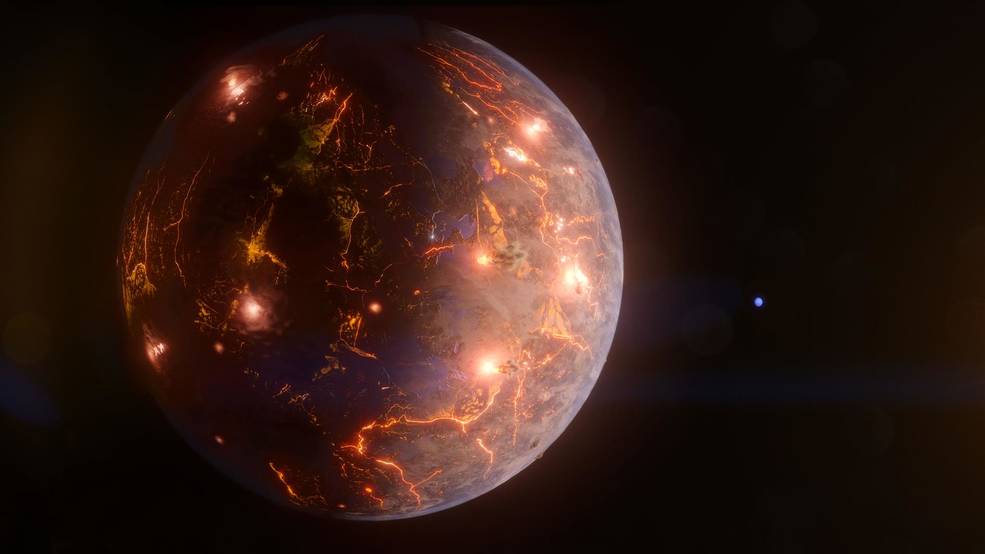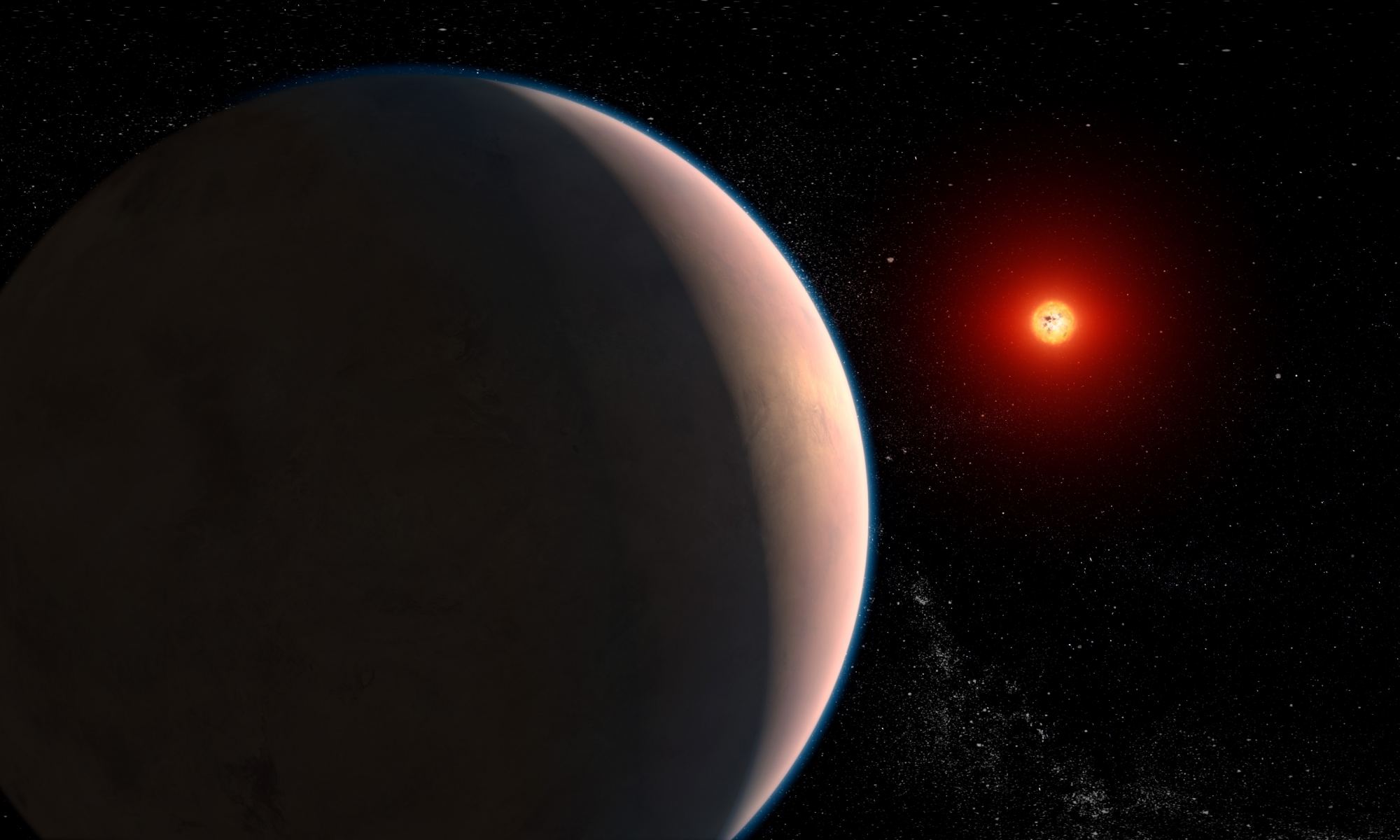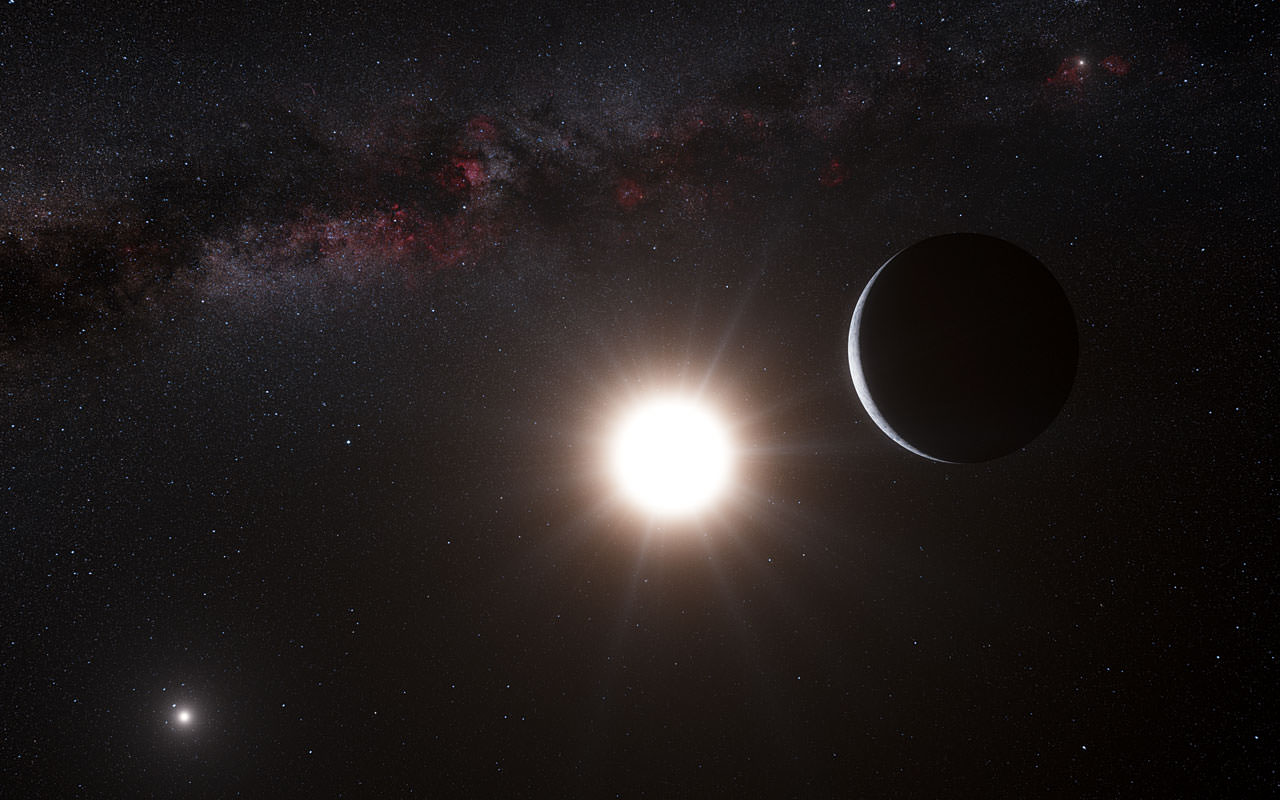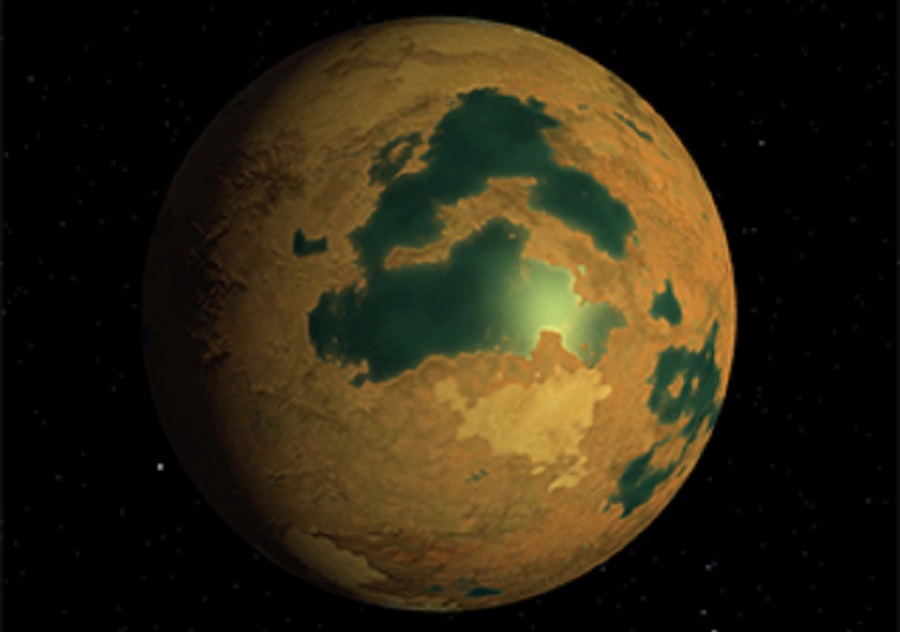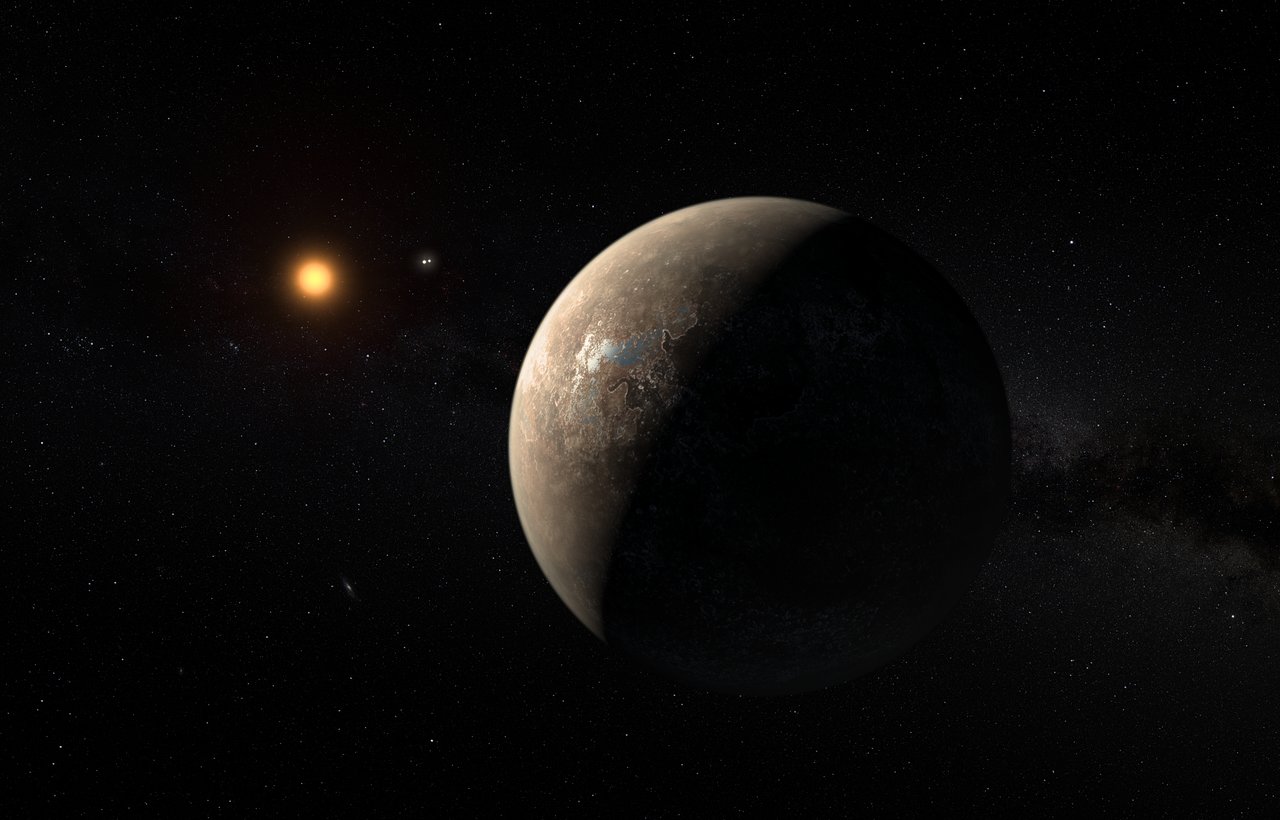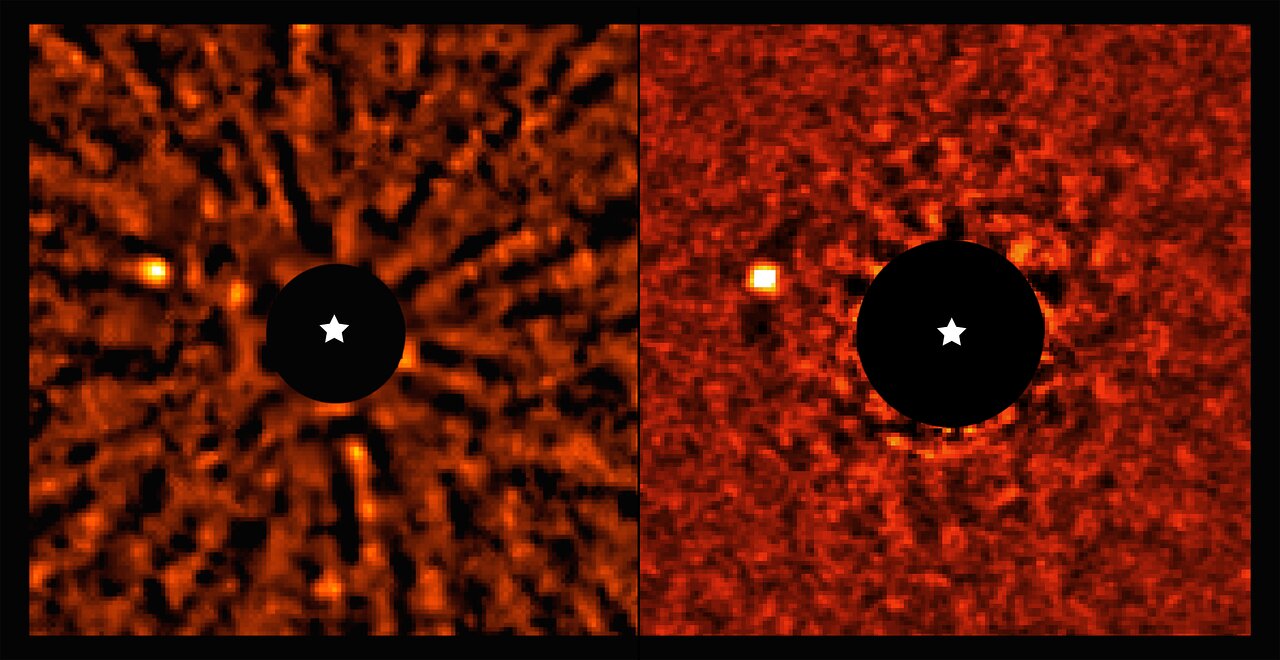In 2026, the European Space Agency (ESA) will launch its next-generation exoplanet-hunting mission, the PLAnetary Transits and Oscillations of stars (PLATO). This mission will scan over 245,000 main-sequence F, G, and K-type (yellow-white, yellow, and orange) stars using the Transit Method to look for possible Earth-like planets orbiting Solar analogs. In keeping with the “low-hanging fruit” approach (aka. follow the water), these planets are considered strong candidates for habitability since they are most likely to have all the conditions that gave rise to life here on Earth.
Knowing how many planets PLATO will likely detect and how many will conform to Earth-like characteristics is essential to determining how and where it should dedicate its observation time. According to a new study that will be published shortly in the journal Astronomy & Astrophysics, the PLATO mission is likely to find tens of thousands of planets. Depending on several parameters, they further indicate that it could detect a minimum of 500 Earth-sized planets, about a dozen of which will have favorable orbits around G-type (Sun-like) stars.
Continue reading “The PLATO Mission Could be the Most Successful Planet Hunter Ever”

